What Does a Dental Hygienist Do?
What Does a Dental Hygienist Do?
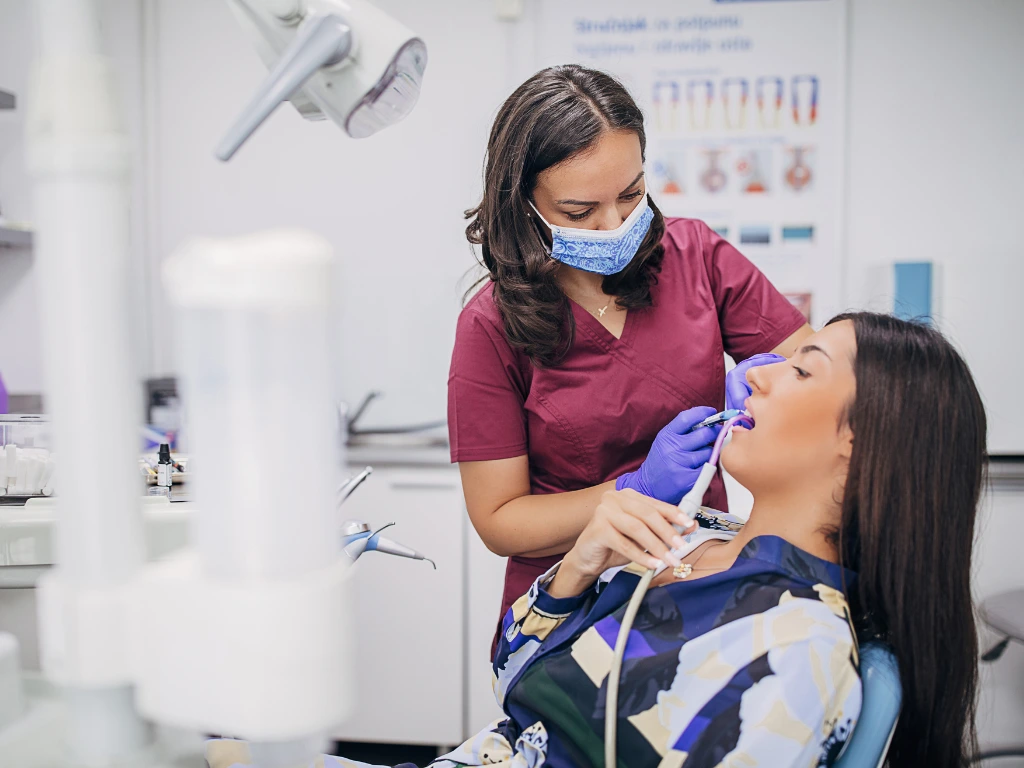
When you visit the dentist, you may spend most of your appointment with someone who’s not the dentist but is just as vital to your oral health. So, what does a dental hygienist do? At Beacon Hill Dental Centre in Burlington, Ontario, our dental hygienists are the compassionate experts who help you prevent cavities, maintain a healthy smile, and feel confident about your oral care.
Whether you’re due for a cleaning or exploring a dental career, understanding the dental hygienist’s role helps you feel more informed and comfortable at your next appointment.
What Is a Dental Hygienist?
A dental hygienist is a licensed oral health professional who works alongside a dentist to provide preventive dental care. Their main focus is on keeping your teeth and gums healthy through education, cleanings, and early detection of potential problems.
Common responsibilities include:
- Cleaning and polishing teeth to remove plaque, tartar, and stains
- Performing dental X-rays
- Examining your gums for signs of disease
- Applying fluoride and sealants to protect your teeth
- Educating patients on brushing, flossing, and healthy habits
- Charting dental conditions for the dentist to review
Dental hygienists help assess oral health issues early before they become painful or costly.
Dental Hygienist vs. Dentist
While both are essential to your care, dental hygienists and dentists have distinct roles:
| Dental Hygienist | Dentist |
| Focuses on prevention and hygiene | Diagnoses and treats oral conditions |
| Performs cleanings and patient education | Performs procedures like fillings, crowns, and root canals |
At Beacon Hill Dental Centre, our team approach means your dental hygienist and dentist collaborate to give you complete, personalized care.
How to Become a Dental Hygienist in Ontario
If you’re inspired by your hygienist’s gentle care and want to pursue this rewarding career, here’s how to get started:
Dental hygienist requirements in Ontario:
- Earn a dental hygiene diploma or degree from an accredited college or university
- Pass the National Dental Hygiene Certification Exam (NDHCE)
- Register with the College of Dental Hygienists of Ontario (CDHO)
Many programs take around 3–4 years to complete, including hands-on clinical training.
Dental Hygiene Degree and Career Outlook
You can become a dental hygienist through either:
- A diploma program (2–3 years)
- A bachelor’s degree in dental hygiene (4 years)
Both lead to a strong job outlook across Ontario, including Burlington. The profession is in demand due to the growing focus on preventive care.
Tools Dental Hygienists Use
Dental hygienists rely on a variety of instruments and technology to provide safe and effective care. These include:
- Ultrasonic scalers and hand instruments
- Dental mirrors and probes
- Suction devices
- X-ray equipment
- Fluoride trays and sealant materials
At Beacon Hill Dental Centre, our hygienists use modern, gentle tools to ensure your comfort at every visit.
Why Dental Hygienists Matter to Your Oral Health
Your dental hygienist is your first line of defense against decay and gum disease. They help you:
- Catch problems early
- Keep your smile clean and fresh
- Learn better habits for lifelong oral health
Regular visits with our hygiene team in Burlington are a simple but powerful step toward preventing major dental work later.
Book Your Next Cleaning With Our Burlington Hygiene Team
Looking for personalized, compassionate dental care in Burlington? Our experienced dental hygienists at Beacon Hill Dental Centre are here to help you stay on track with your oral health gently, professionally, and with your comfort in mind.
Call (905) 336-2496 or contact us online to schedule your cleaning or consultation today.
Frequently Asked Questions
What does a dental hygienist do during a cleaning?
A dental hygienist removes plaque and tartar, polishes your teeth, checks for signs of gum disease, and may take X-rays or apply fluoride. They also educate you on good brushing and flossing techniques.
How long does it take to become a dental hygienist in Ontario?
Most dental hygiene programs take 3-4 years to complete. After graduating, you must pass the national exam and register with the CDHO to practice in Ontario.
What’s the difference between a dental hygienist and a dentist?
Dentists diagnose and treat oral health conditions, while dental hygienists focus on prevention through cleanings and education. They often work as a team.
What qualifications do you need to be a dental hygienist in Canada?
You need to complete an accredited dental hygiene program, pass the national exam, and register with your provincial regulatory body such as the CDHO in Ontario.
Do hygienists at Beacon Hill Dental use modern tools?
Yes. Our Burlington hygienists use gentle, up-to-date instruments and technology to ensure a thorough yet comfortable cleaning experience for all patients.
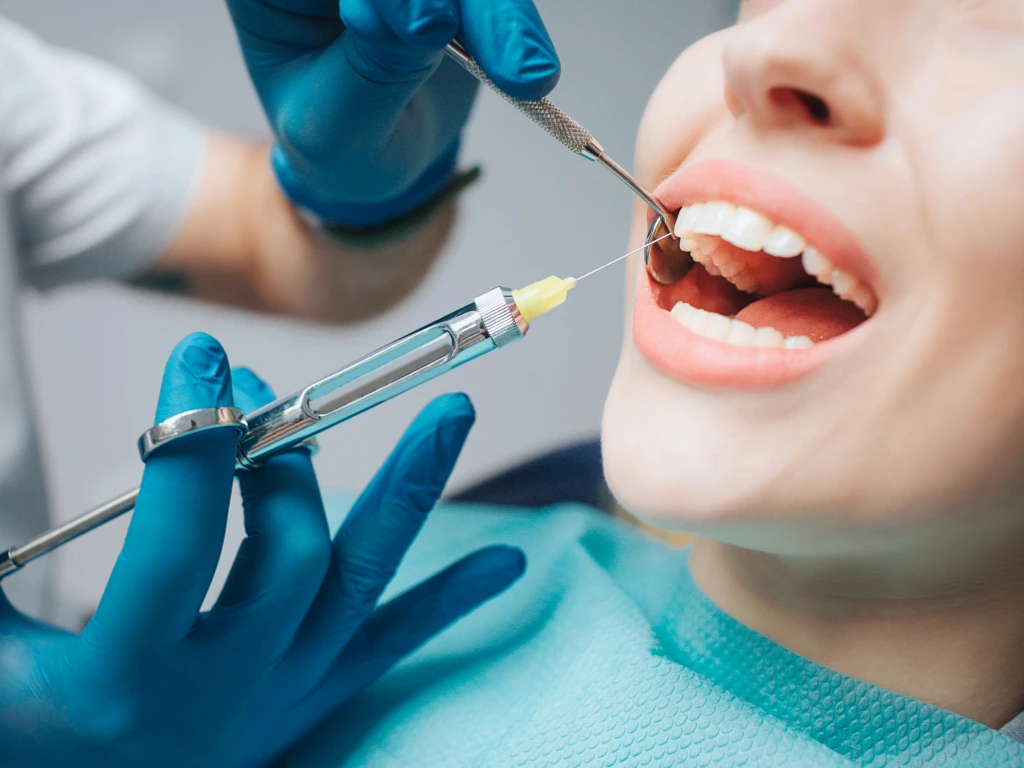
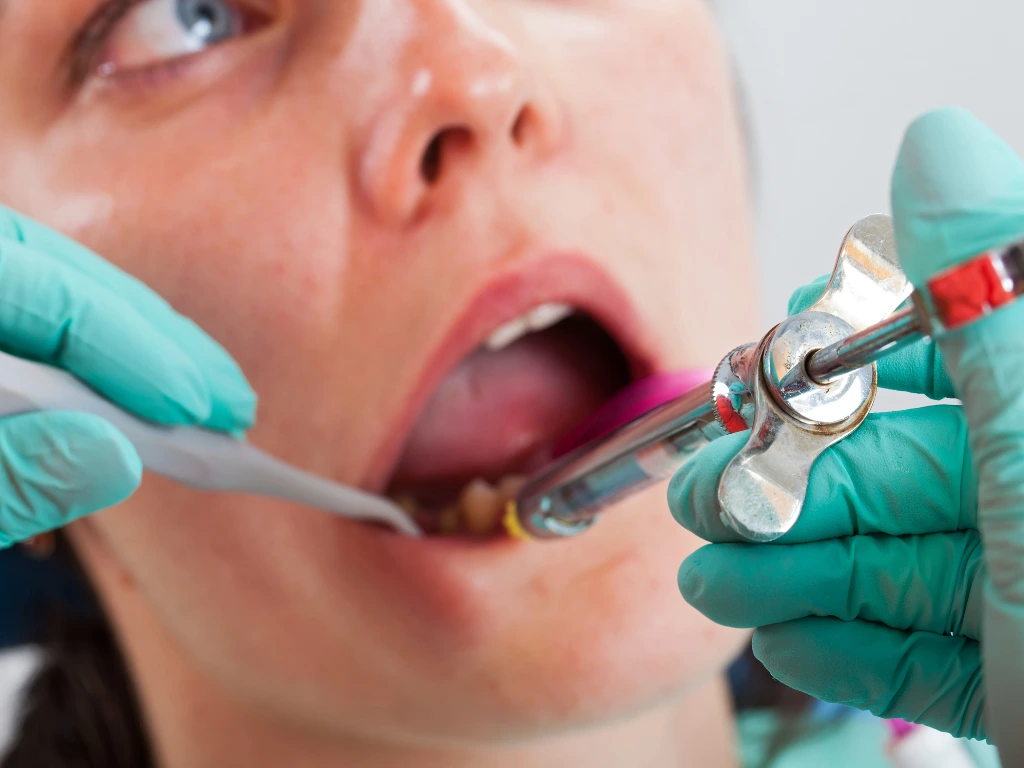
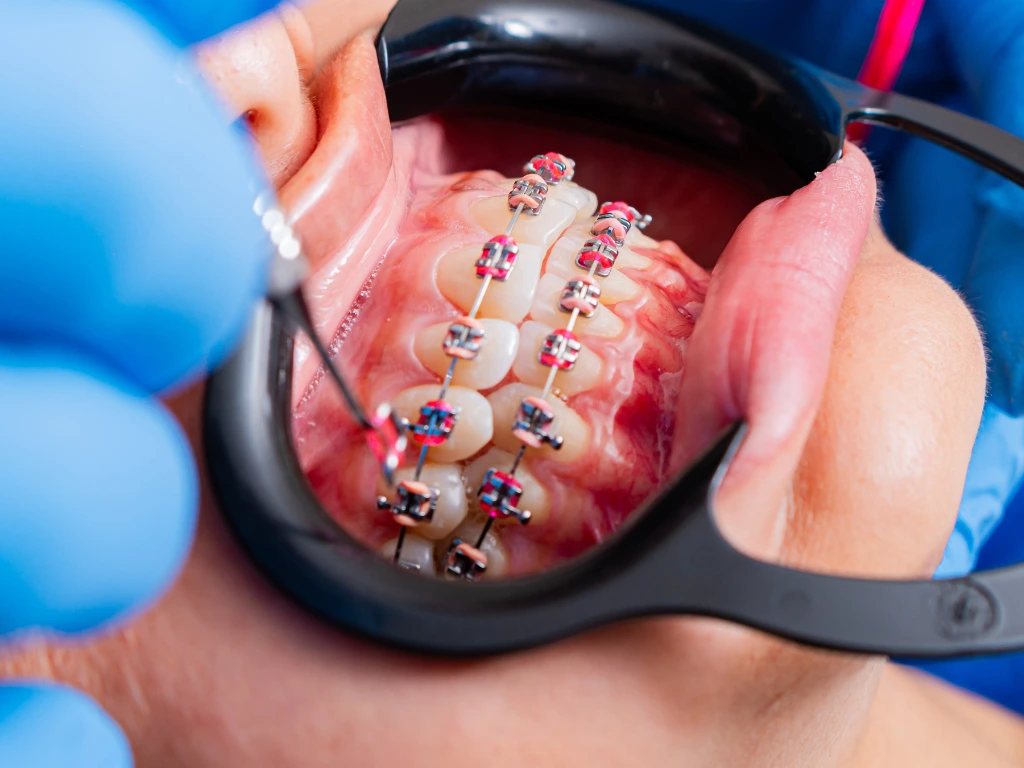
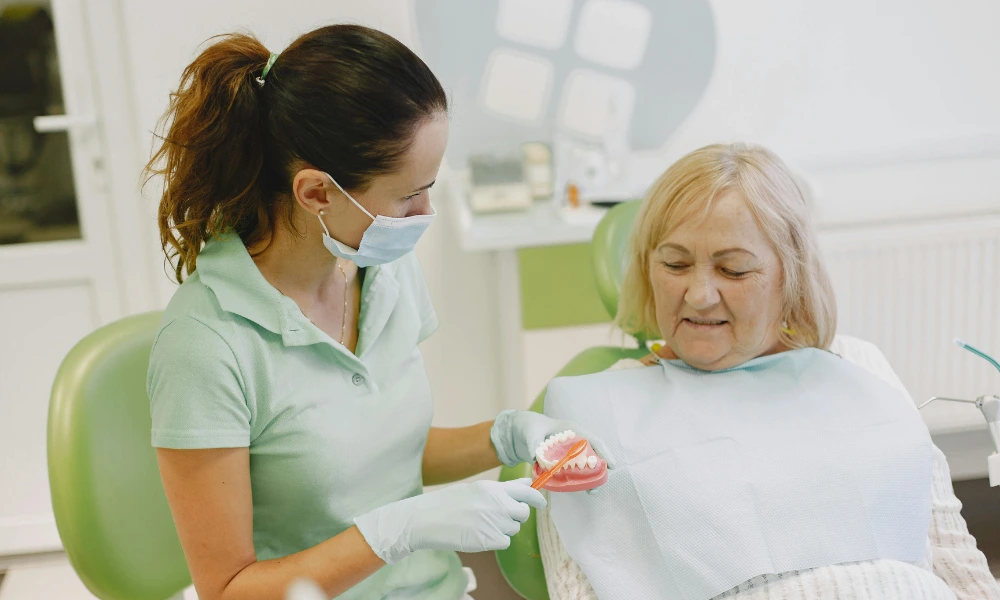
Recent Comments